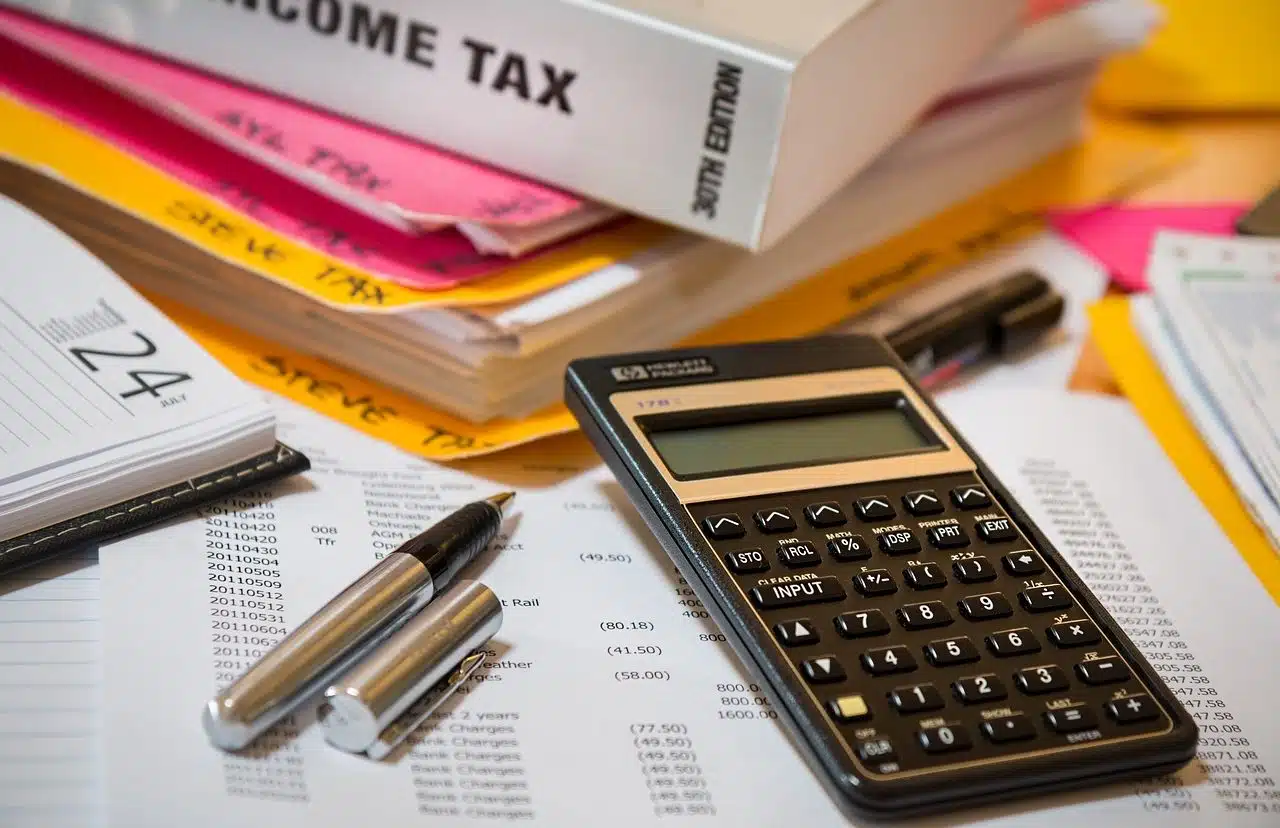
VAT contributes large sums to tax collection.
VAT is an acronym that refers to a tribute or tax that consumers must pay to the State for the use of a certain service or the acquisition of a good.
The breakdown of this acronym is Value Added Tax (in most Latin American countries) or Value Added Tax (in Spain ). This is a rate that is calculated on the consumption of products , services , commercial transactions and imports.
VAT characteristics
VAT is an indirect tax ; It is called that because unlike the direct tax, it does not have a direct impact on income; On the contrary, it falls on the production and sale costs of companies and is accrued from the prices that consumers pay for said products. This means that it is applied to consumption and is financed by the final consumer. It is said, therefore, that it is an indirect tax that the treasury does not receive directly from the taxpayer.
VAT collection occurs when a company sells a product or service and issues the corresponding invoice. Companies generally have the right to receive a refund of the VAT they have paid to other companies in exchange for invoices, known as a tax credit , by subtracting it from the amount of VAT they charge to their customers (the tax debit ). . The difference between tax credit and tax debit must be delivered to the treasury.

The VAT rate varies depending on the tax system.
Who pays it and how it is declared
VAT is usually calculated in the following way: a businessman sells or offers a service and invoices the cost thereof, accruing the output tax (which must be calculated taking into account current legislation which specifies how much it corresponds to based on the type). of product or service offered).
Every two or three months, as stipulated by law for the area in which it is registered, the businessman must file a tax return , where the installments corresponding to the VAT for that period will be added. There the calculation of what was paid and what was received in reference to this tax is carried out and the balance is established. If this is negative (when the input VAT amounts have been higher than those passed on) the contributing businessman may offset future balances or request the refund of said rates. If it is positive, you must pay them.

The growth of the domestic market increases the amount collected by VAT.
VAT, retail trade and final consumers
It is important to mention that for retail traders there is a special regime that they can apply for. It determines that if they do not intervene in the production process of the products they sell and if 80% of their sales are to the final consumer , the merchant will not have to pay the VAT. This is because said merchant will have paid the corresponding VAT for the purchase of the product, so he would have already correctly complied with the provisions of the current tax regime .
It is worth mentioning that final consumers, on the other hand, pay VAT without receiving any type of refund . The only way to control VAT is to deliver an invoice or other type of proof of sale to the consumer, while the business keeps a copy.
The aliquot
The VAT rate varies according to the tax policy of each country. Ghana (3%), Iran (3%), Canada (5%) and China (5%) are some of the nations with very low rates.
Hungary (27%), Croatia (25%), Denmark (25%), Norway (25%), Sweden (25%) and Iceland (24.5%), on the other hand, have the most expensive VAT in the world. The rate, however, usually changes over time depending on the economic needs of each country.
VAT rates
It is possible to distinguish between different types of VAT according to the tax regime . If we focus on the case of Spain , the legislation recognizes three types of VAT, each with a different percentage applied.
The general VAT is 21% and applies, by default, to any service or product. The reduced VAT , meanwhile, is 10% and affects the transportation of passengers and food in general, for example. Finally, the super-reduced VAT is 4% and is applicable to essential products (vegetables, fruits, medicines, etc.).
As you can see, the VAT rate is associated with how basic or elementary the item or service is. The greater the importance of the good, the lower the VAT percentage, since the intention is not to increase the price too much.
In some cases there is also VAT exemption . If we focus on Argentina , those operations that produce the tax obligation but are exempt from paying the tax by law are considered exempt from VAT due to social reasons. Housing rental, healthcare and educational services are activities that enjoy a VAT exemption in Argentine territory. The exemption in question must be reflected in the billing.
